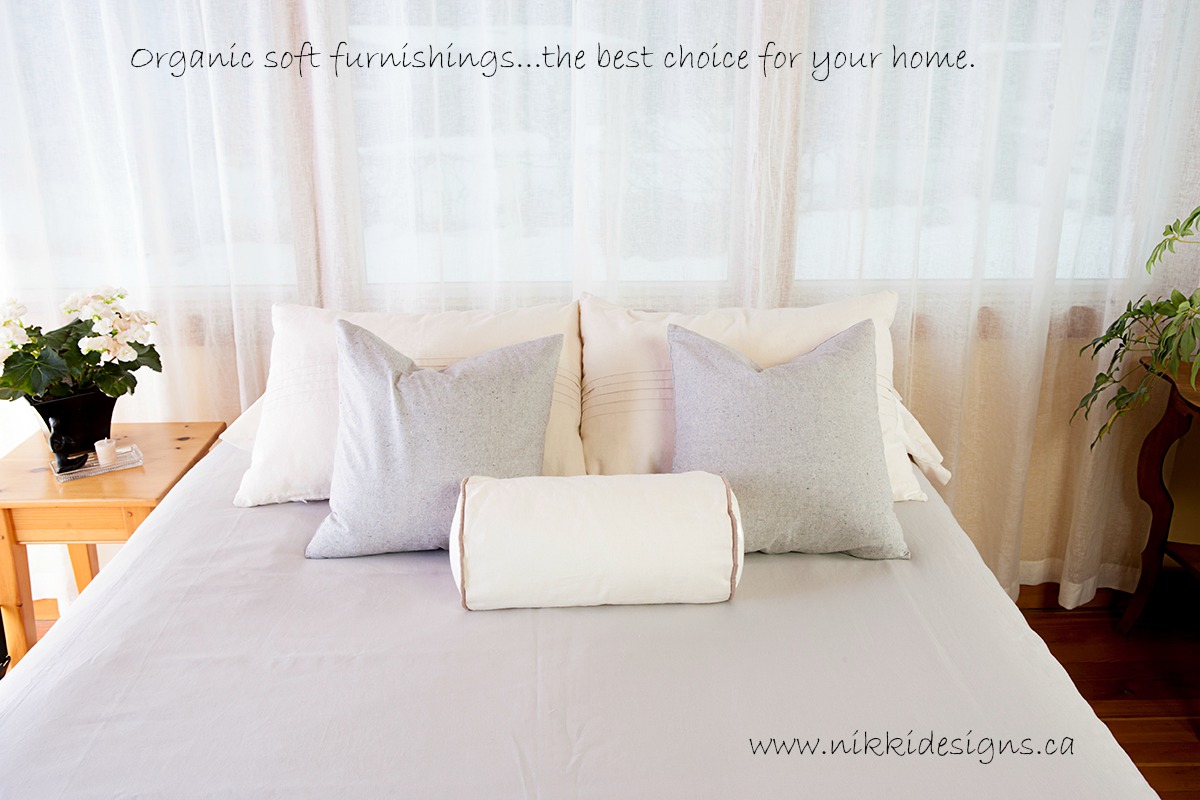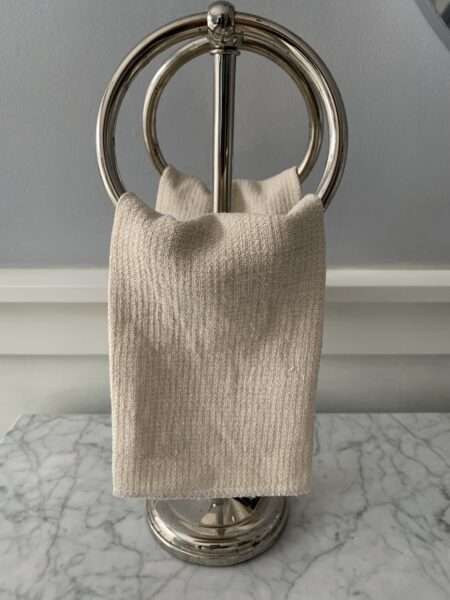
I’m sure you know that choosing organic food is better for your health and for the environment. But do you realize that choosing organic fabrics is just as important for the same reasons? In conventional fabrics (not certified organic) it takes between 10% and 100% of the weight of the fabric in chemicals to produce that fabric. source
Agriculture for conventional cotton is responsible for approximately 25% of the insecticides and 10% of all pesticides used worldwide. Some of these chemicals that used are the most toxic in the world. 5.5 kilos of chemicals are used for one acre of cotton grown. This translates into half a kilo (1 pound) of chemicals used to make one set of bed sheets or 7 kilos (15 pounds) for an average sofa!
Chemicals used routinely in textile processing and found in conventional fabrics include, but are not limited to, formaldehyde, benzene, lead, cadmium, mercury and chlorine.
Agriculture for conventional farming also uses large amounts of water, typically from areas which suffer from drought seasonally. The chemicals can wash off the plants onto the earth and into groundwater, causing land and water pollution. The health of the farm workers of these crops are at risk. In fact, approximately 20,000 farm workers die each year from pesticide poisoning, according to the World Health Organization.
In the mills, textile clippings must be handled like toxic waste! The fabrics we bring into our homes contain chemicals which are outlawed in other products. Many fabrics sold in the USA are outlawed in China, Japan and the EU – because of the chemicals found in the fabrics. These chemicals are contributing to an increase in a variety of health issues: infertility, asthma, nervous disorders from depression and anxiety to brain tumours, immune system suppression and genetic alterations. There is even a higher risk when babies and children are exposed to the chemicals found in conventional fabrics.
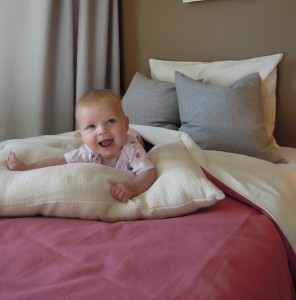
Many of the chemicals which remain in the fabric are absorbed by our bodies. Some outgas into the air and some are absorbed through our skin. Also, over time, microscopic particles are rubbed from the fabrics and fall into the dust in our homes where pets and crawling children breathe them in.
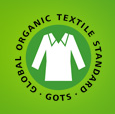
What can we do? We can choose not to buy items made from conventional fabrics. Eco-friendly textiles exist and they give you a greener, healthier, fair-trade alternative to conventional fabrics. Organic cotton is grown from non genetically modified plants that are certified to be grown without the use of any synthetic agricultural chemicals. Some other examples of organic fabrics are hemp, bamboo, tencel, and linen. When shopping for these fabrics, make sure they are GOTS (Global Organic Textile Standard) or Oeko Tex certified.
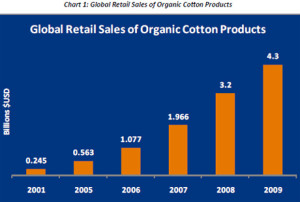
Thankfully, more and more people are choosing to buy products made with organic fabrics. They know that their health, their skin, the earth and future generations will all benefit!
Read more about why NikkiDesigns uses organic fabrics
I have had many clients tell me about their children’s sensitivities and health problems due to synthetic and non-organic fabrics in their home, and the chemicals that off-gas from them. This definitely seems to be on the rise. Have you had any good or bad experiences with fabrics in your home?
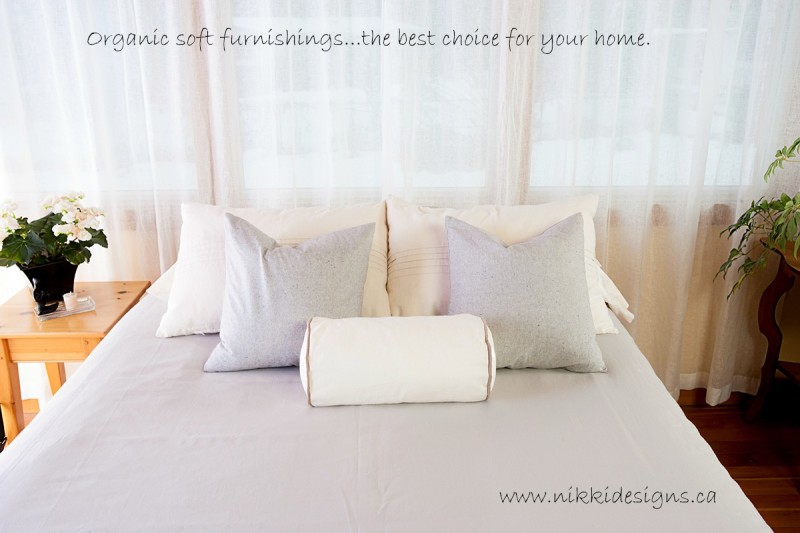
Here is some more information about organic fabric

